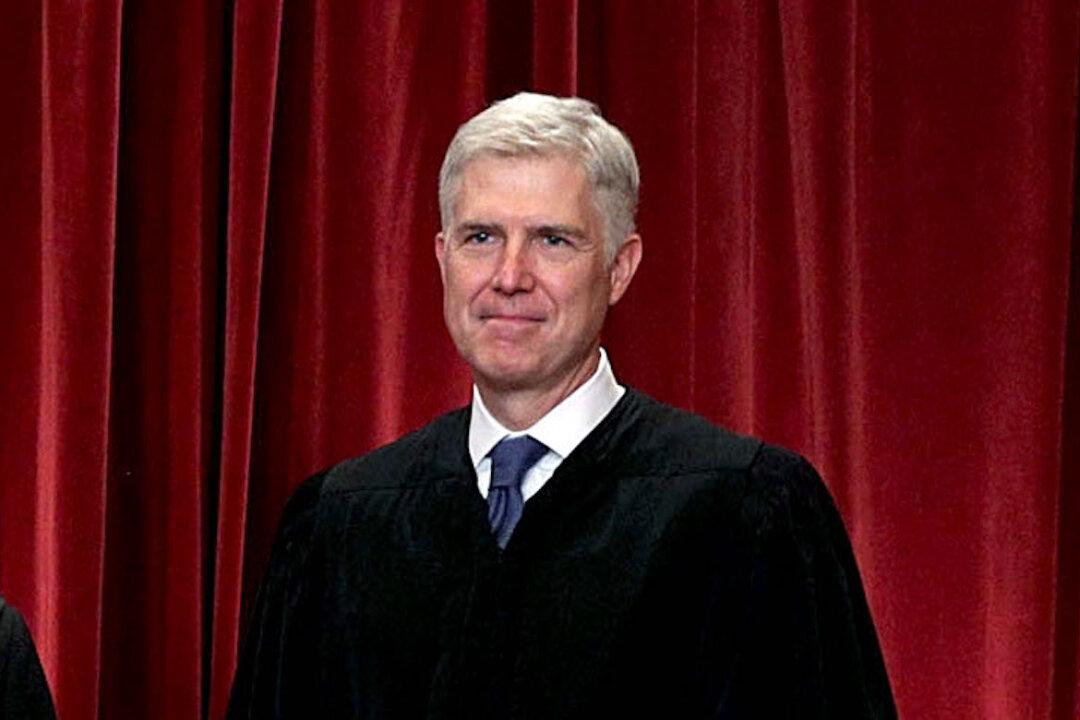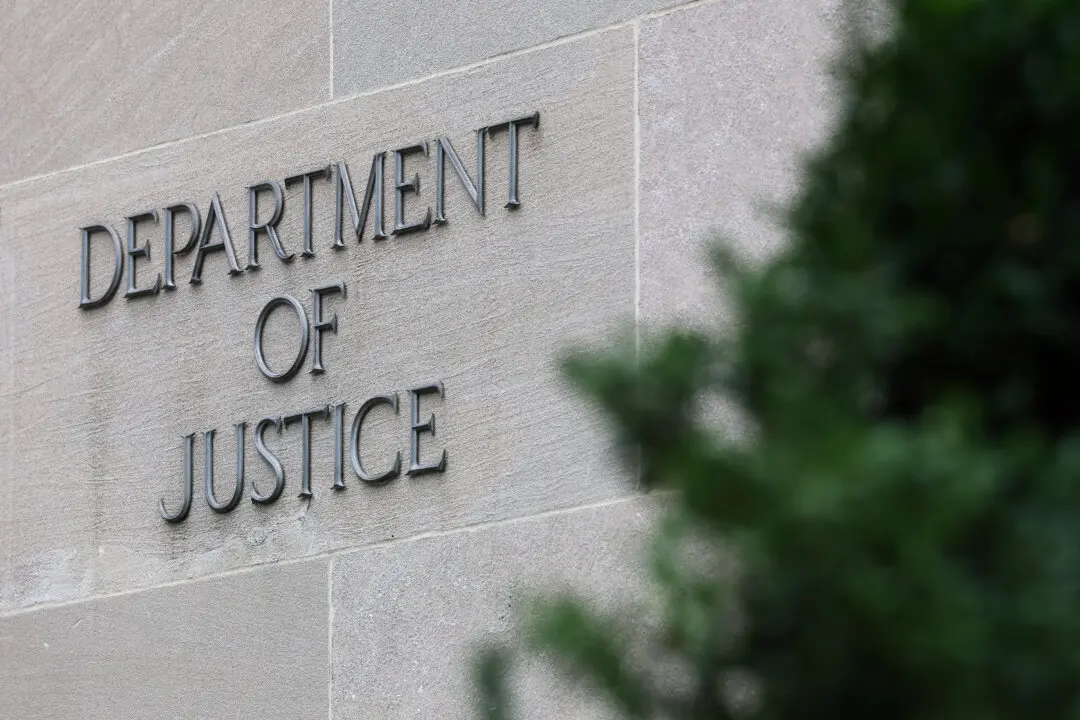The solar eclipse on Monday is expected to delay traffic in some areas across the United States, prompting travel warnings from several local areas and states.
A total solar eclipse will be seen along a path that stretches from Mexico, Texas, Oklahoma, Arkansas, Missouri, Illinois, Kentucky, Indiana, Ohio, Pennsylvania, New York, Vermont, New Hampshire, and Maine. Overall, across various states, it will start at around 2:20 p.m. ET and will be finished by about 3:40 p.m. ET. The actual eclipse will last just over 4 minutes.





